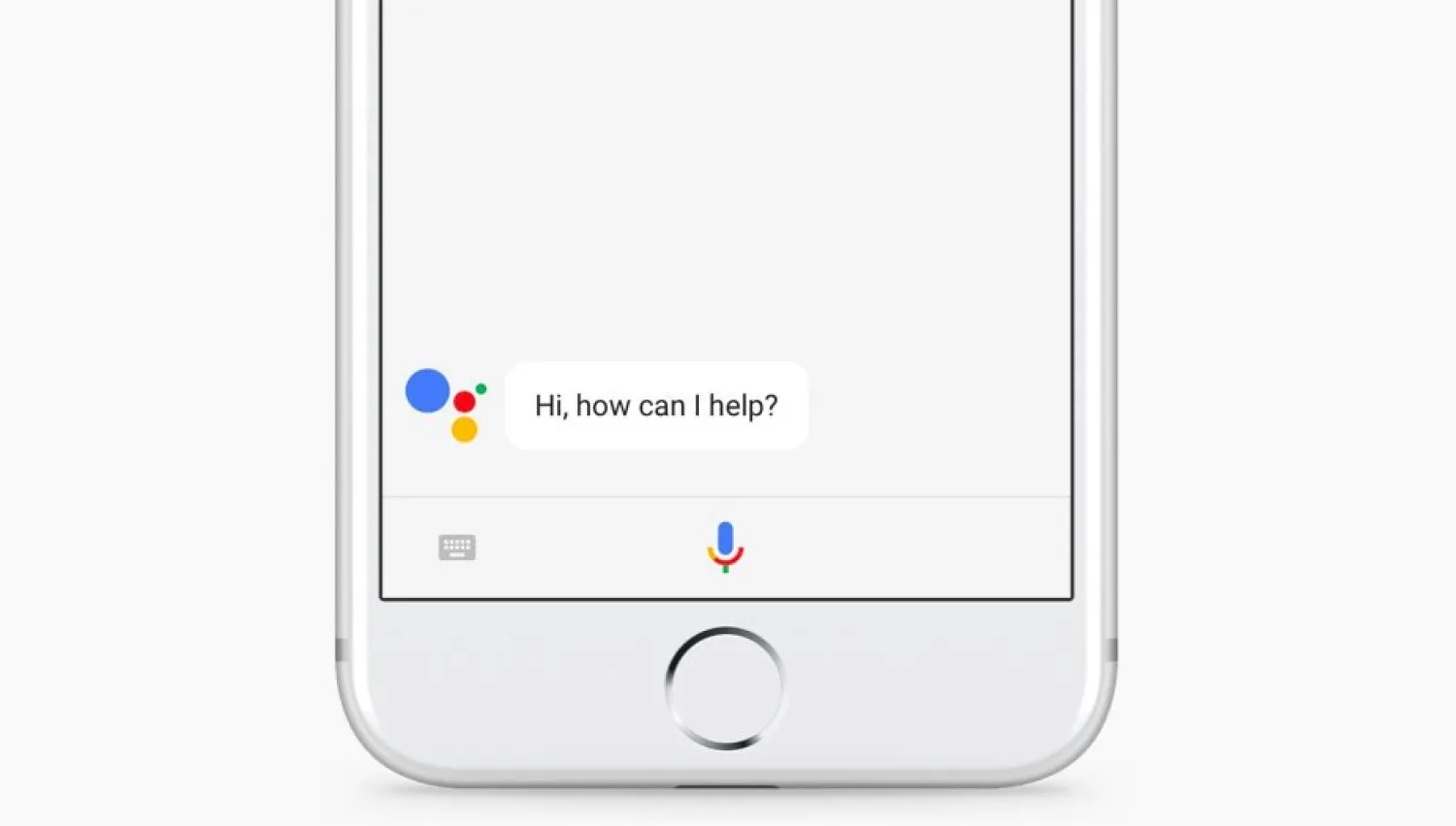As Eid al-Adha came, Fatima Kharraz can't seem to find the usual sense of celebration after King Mohammed VI decided to cancel the traditional animal sacrifice this year due to the country’s ongoing drought and economic challenges, which have led to a sharp drop in livestock numbers.
At the weekly livestock market in Khemisset, a small town near the capital Rabat, the usual holiday buzz was missing.
On February 26, the King announced through a letter read by the minister of Islamic affairs that families should “abstain” from slaughtering a sheep this year due to the ongoing drought and resulting decline in livestock. This is the first time Morocco takes similar measures since 1996.
While sacrificing sheep during Eid al-Adha is not a religious obligation, it remains a widely observed ritual across the Muslim world.
The North African country of some 37 million people has typically seen up to six million sheep sacrificed each year for Eid al-Adha, Agriculture Minister Ahmed Bouari said in March.
“We don't feel the usual excitement,” said Kharraz. “It's as if the holiday doesn't exist.”
But the 52-year-old said it would have been prohibitively expensive to observe the sacrifice this year: sheep “prices were already high last year... We couldn't have afforded it.”
Yet within Morocco, the king's appeal has largely been met with understanding.
“I support the decision,” said Mona Hajjami, 28, buying vegetables at the market. Still, she added, “it's normal to feel a void without an atmosphere of grilled meat.”
According to Hajjami, some families “would have to take out loans” to buy sheep.
Morocco grapples with a seventh consecutive year of a dry spell that has caused livestock numbers to decline.
Recent rainfall deficits have chipped away at grazing pastures, also driving up the cost of livestock feed.
This has shrunk Morocco's livestock numbers by 38% compared to the figure counted in the last census in 2016, according to the agriculture ministry.
In 2024, the Moroccan government has offered direct financial support for the importation of sheep intended for slaughter during Eid al-Adha.
“Our concern to enable you to observe this religious ritual in the best circumstances is accompanied by our duty to consider the climate and economic challenges facing our country, which have led to a significant disease in livestock numbers,” the King said in his directives.
He stressed that performing Eid al-Adha under these challenges “would cause real harm to many of our people, particularly those with limited resources.”
At the Khemisset market, 24-year-old Marouane Haizoun leaned against the rails of a nearly empty pen, waiting to sell two cows.
He said he had left his sheep on the family farm as it would have been difficult to sell any this year.
“Prices would have been exorbitant,” he said, while Mustapha Mastour, a 52-year-old horse and sheep breeder, said they would have climbed to “6,000 or 7,000 dirhams" ($600-$700).
In Morocco, the minimum wage is about $300.
Many households opted instead to purchase small cuts of meat or lamb liver -- key ingredients in Eid recipes.
“We've seen an increase in demand (for lamb meat), but it won't have any impact” on endeavors to restore livestock numbers, said Mohamed Jebli, president of the Moroccan Federation of Livestock Industry Stakeholders.







